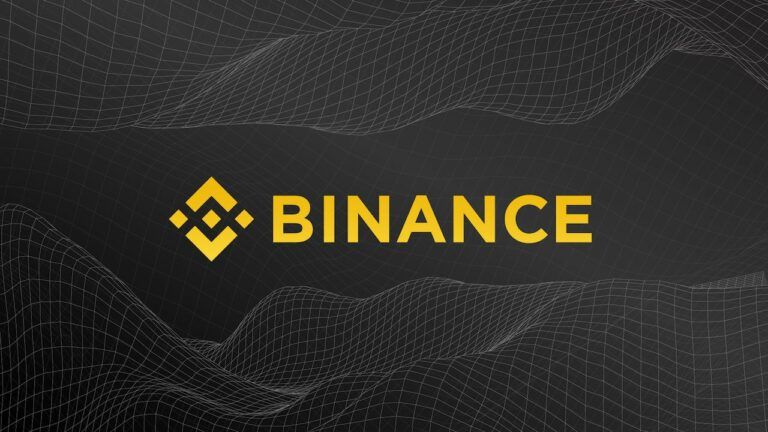On Monday (June 17), Binance announced that it is launching a Bitcoin-backed BEP32 token (called BTCB) on its native blockchain (Binance Chain), and it promised to issue several more such crypto-pegged tokens “in the coming days.”
Binance says that such “pegged tokens” will be fully backed by the coin being “wrapped”, i.e. Bitcoin in the case of the new BTCB token. For the sake of transparency, Binance is publishing the “reserve addresses” so that anyone can easily check that the reserves are really there. According to Binance, inspecting the blockchain is a much easier way to conduct an audit than inspecting cash reserves in a bank.
There is a going to be a new trading pair on Binance.com corresponding to this newly launched token: BTCB/BTC. Apparently, “large buy orders” will be “maintained” on this trading pair on Binance.com, and the price spread will be around 0.1%. This means that people can easily “convert from the pegged token back into the native coin on Binance.com.”
Here is how Binance maintains the 100% backing:
“If this buy order is filled, a new order will be placed while an equal amount of funds will be deposited from the reserve address into Binance.com. The sum of the buy order and the funds on the published reserve address will be bigger than the total supply of the pegged token, ensuring there is always 100% backing.”
Here are a few more things you should know about BTCB:
- the BTC reserve address is 3LYJfcfHPXYJreMsASk2jkn69LWEYKzexb
- Binance has “just reserved 9001 BTC and minted 9001 BTCB.” (You can verify this claim using the Binance Chain Explorer tool.)
- The BTCB/BTC trading pair will be listed Binance.com in a day or so (and Binance “will issue a proposal for DEX listing as well”).
So, why is Binance doing this?
Well, the primary benefit of introducing these new crypto-pegged tokens is that it allows users of Binance’s decentralized exchange, Binance DEX, to indirectly trade popular coins that would otherwise not be available on this platform. Increasing the range of assets available for trading should result in an increase in trading volume and liquidity, which is good for all users of Binance DEX.
Binance’s blog post on this subject admits that the approach they have taken is “more centralized than atomic swaps”; however, the Binance team feels that this is justified since “it provides a higher degree of ease-of-use to most traders.” Furthermore, they say that “most traders are already trusting Binance.com to hold their funds anyway.”
Binance is also encouraging other project teams to follow their lead and ” issue pegged token of their own coins on Binance Chain.” And for those tokens that already exist on Binance.com, Binance promises to do its best to make available on Binance.com a “pegged/native pair.”
To those who might criticize BTCB for being too centralized, Bitcoiner Udi Wertheimer (@udiWertheimer on Twitter), the co-host of the “Reckless Review” podcast, has this to say:
Sure, it’s centralized, but so are BCH/BSV. At least you get fast settlement, pretty good scaling properties, good wallet support (and hey, unlike BSV it’s listed on the world’s largest exchange, Binance).
— Udi Wertheimer (@udiWertheimer) June 17, 2019
Of course, Binance’s official non-custodial wallet app, Trust Wallet, will be supporting all of these new crypto-pegged tokens from the first day of their launch:
All crypto-pegged tokens like $BTCB that are issued on #Binance Chain will be supported by your #TrustWallet. Just send them to your $BNB address and they will automagically appear inside your wallet.#BinanceDEX #DEXChangeTheWorld #Bitcoin https://t.co/qLW8LA3kBO
— Trust – Crypto Wallet (@TrustWalletApp) June 17, 2019
Today’s announcement by Binance has done wonders for the price of the Binance Coin (BNB). According to CryptoCompare, BNB is currently trading at $34.20, up almost 5% in the past 24-hour period:
Featured Image Courtesy of Binance










